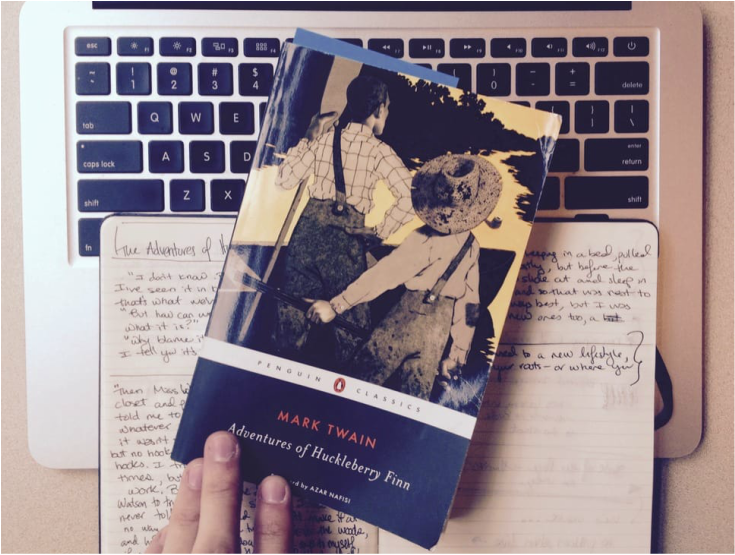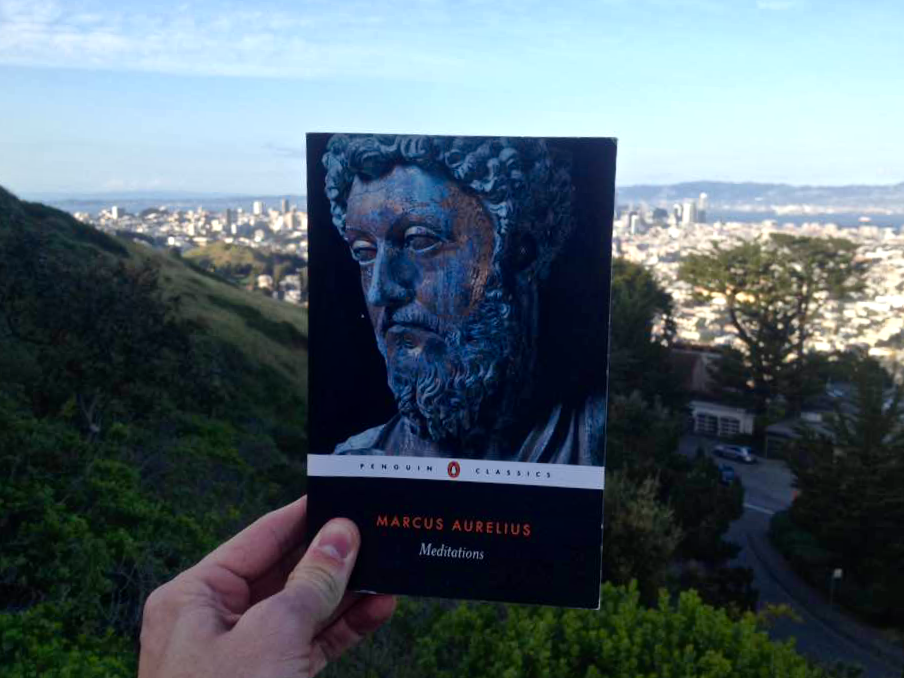"Here is an animal capable of killing a man, an animal of legendary endurance and spirit, an animal that embodies marvelous integration with its environment. This is exactly what the frustrated modern hunter would like: the noble qualities imagined; a sense of fitting into the world. The hunter wants to be the wolf." — Barry Lopez, Of Wolves and Men
A NEW GENERATION
In 1995, after passionate public debate, legal suits, and political agendas, fifteen Canadian wolves were introduced to Yellowstone National Park in Wyoming. The next year, they added sixteen more. By 2003, 174 wolves called America's first and largest national park home and were divided into fourteen packs. Each one competed for food, mates, and territory. The Druid Pack, named by Yellowstone's research team because of its territory's proximity to Druid Peak, was the alpha pack. It boasted a staggering 37 members, the largest ever recorded on earth.
It had been early 70 years since wolves were systematically and tragically exterminated from Yellowstone by the federal government in 1926. But Yellowston's new generation of wolves weren't just surviving. They were thriving. This experiment helped to usher in a golden age of research about ecosystems and the role of the wolf in them. It also triggered complex political and legal battles. At the center of it all was a female wolf born in 2006 from the Agate Creek Pack, named O-Six. She would grow to be the favorite of Yellowstone's research teams and introduced to thousands of Yellowstone park visitors each year.
O-SIX
The story of American Wolf spans two decades, two states, dozens of wolf packs, and hundreds of square miles. "O-Six's story begins where all good Yellowstone wolf stories began," writes Blakeslee, "the Lamar Valley." That's the northeast corner of the park and the top-right corner of this map aboove.
O-Six fought to become the alpha female of her pack. Her ability to outlast and outwit made her a living legend amongst wolves and men during her life. As a new mother, she once was observed protecting her pups from a female grizzly bear for seven hours single-handedly. She also was seen dangerously crossing into other pack territories and convincing strong males to come breed with her own pack, in desperate need of future strength.
WOLVES VS MAN
Of course, as O-Six and all the other wolves hunted, mated, played and thrived in Yellowstone, tensions grew between ranchers, hunters, and conservationists.
Sometimes animals simply leave national parks, including wolves. Sometimes, nearby farms suffered from livestock being eaten. Sometimes, hunters would shoot radio-collared wolves accidentally or intentionally, legally or illegally. Sometimes wolves had political protection when on the Endangered Species list (Added in June 2010. Removed again in October 2020).
This tense relationship with man is not new though. Wolves used to be discussed in pre-modern civilizations as much as the weather. They were the ultimate nemesis of pastoral cultures. Dog, man's best friend, is a domesticated wolf and was used as a defense against their wild ancestor. Werewolves of course are nocturnal, wicked, and blood-thirsty, haunting our campfire stories and Netflix queues to this day.
However, there are also new stories too, like American Wolf, and the research team led by Rick McIntrye, who observed and recorded fascinating changes in Yellowstone.
WOLVES AND RIVERS
When wolves were re-introduced to Yellowstone, rivers came back.
Willow is a riparian shrub that beavers love to eat. However, the elk in the park also love to eat it and the great herd had essentially striped the riverbanks clean for generations. So there were fewer beavers for many years and the waterways languished in the park. When the wolves came back in 1995, the elk moved away to higher ground for better defense from and visibility of these super-predators. So the willow grew back. The beaver population grew too. The soon-dammed waterways lead to streams, ponds, and more life.
Wolves also hunted coyotes and killed the young, which halved the over-populated smaller predators soon after. This lead to the rodent population in the park growing, and soon owl, hawk, fox, and weasel numbers, which had been suppressed, restored too. Antelope and pronghorns were hunted less thanks to much fewer coyotes and so their calves saw adulthood. Wolf kills also provided scraps for bears, eagles, foxes, coyotes, and magpies.
And so, with the wolves returning to Yellowstone after being previously exterminated by their alleged park protectors in 1926, many of the park's flora and fauna healed and thrived in ways that they had not for decades. [JG]
ABOUT THE AUTHOR
Nate Blakeslee is a writer-at-large for Texas Monthly. His first book, Tulia, won the J. Anthony Lukas Book Prize and the Texas Institute of Letters nonfiction prize, and was a finalist for the PEN/Martha Albrand Award. The Washington Post called Tulia one of the most important books about wrongful convictions ever written. Blakeslee lives in Austin, Texas, with his family.
YOU MAY ALSO LIKE

























